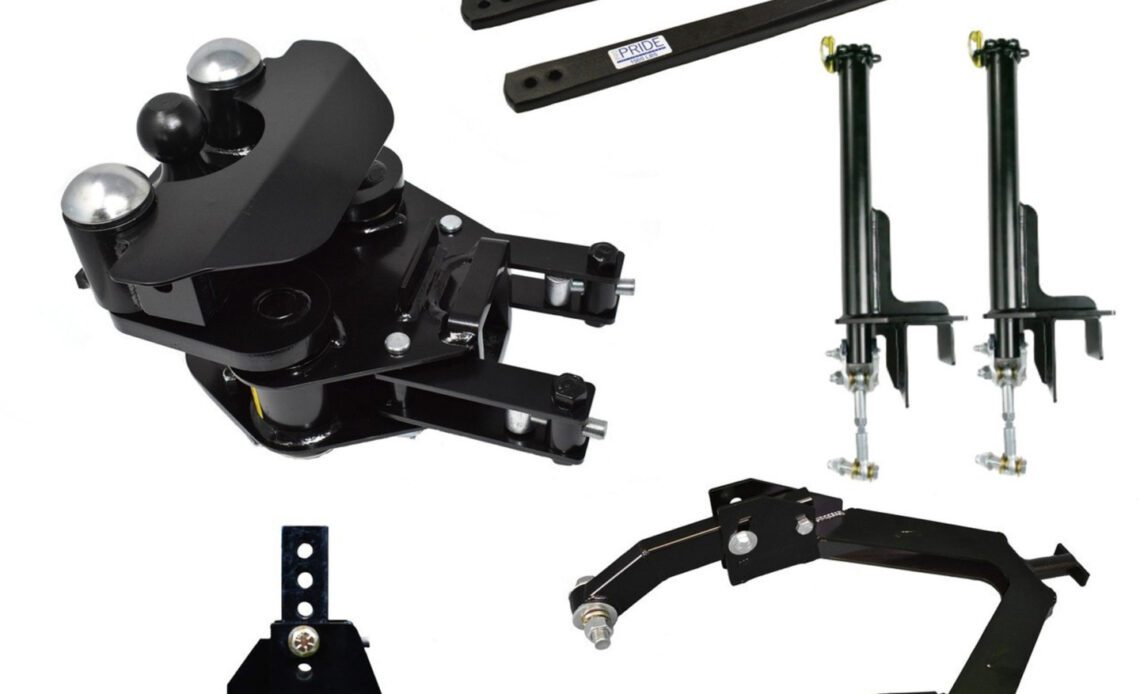When pulling a tag-along trailer, be it a car trailer or a camper, it’s not a matter of if you will experience trailer sway, it’s a matter of when and how often. Many weight distribution hitches on the market rely on a tension-adjustable friction bar to help combat sway, but that design has its limitations.
While looking at various hitch designs, I came across something I had never seen before, the ProPride 3P hitch. To say I was intrigued by this very different design would be an understatement. I read everything I could find about the hitch, and they claim to not just prevent sway, but to eliminate it altogether. Since my toy hauler is 40 feet long with a GVWR of 11,500 pounds, My interest was definitely piqued.
In fact, I spoke to Brent McDowell, ProPride’s director of sales and customer service about how the ProPride differs from traditional load leveling hitches and why they feel it is better.
“We don’t try to band-aide sway after it starts. The ProPride 3P stops the sway before it has a chance to start. It does this by using Pivot Point Projection. The 3P hitch design does not allow the trailer to pivot on the ball. We lock out the ball and take the forces normally applied to the ball and project those forces to the rear axle, which removes leverage from the tow vehicle, rather than moving it. This is the pivot point projection at work.”
Brent continues, “A travel trailer uses the rear bumper of a tow vehicle as its pivot point. We take that pivot point and project forward, closer to the tow vehicle’s rear wheels. This results in more stability while sway is eliminated, much like when towing a fifth wheel setup.”
The design of the ProPride 3P is definitely different than a friction-based hitch. According to ProPride, other hitches try to stop the trailer sway after it starts by applying friction to the hitch ball area to limit movement. The problem is, with an 8,000-plus pound trailer, you will never be able to apply enough friction, so it still moves the tow vehicle. As you try to counter the forces with driving behavior, it starts the back-and-forth correcting issues.
While a larger tow vehicle is great for delivering a better towing experience by allowing the driver to not feel the sway happening at the trailer, it is still occurring. When the sway becomes so violent that the…
Click Here to Read the Full Original Article at DragzineDragzine…

